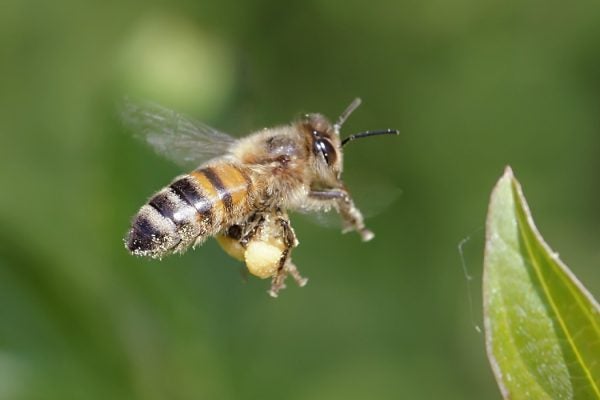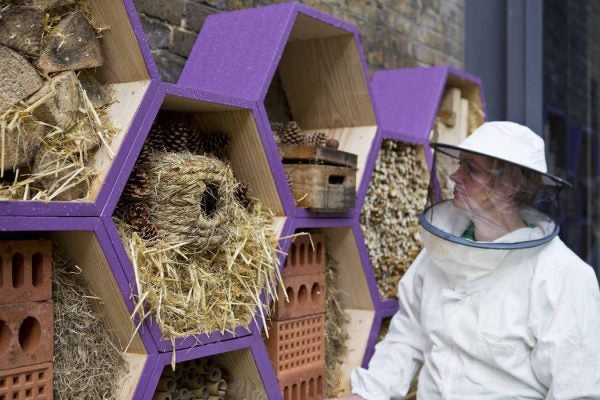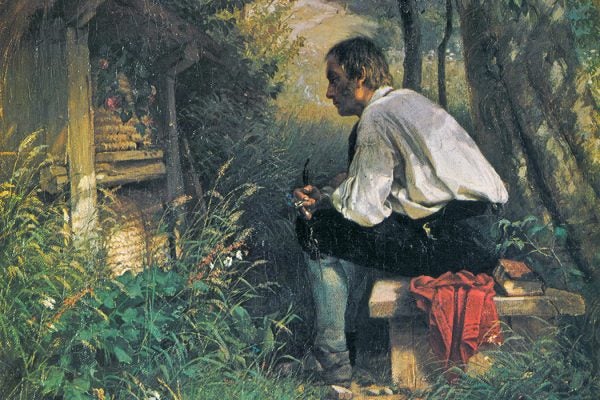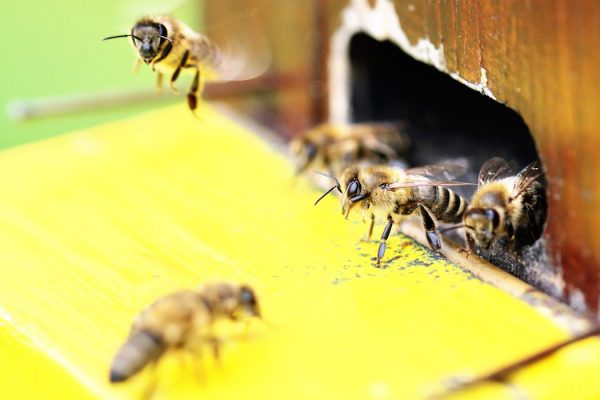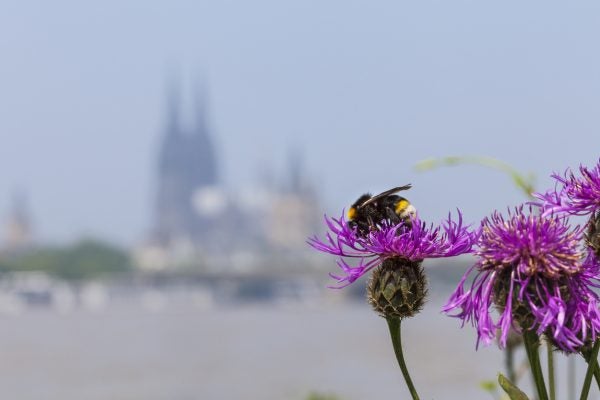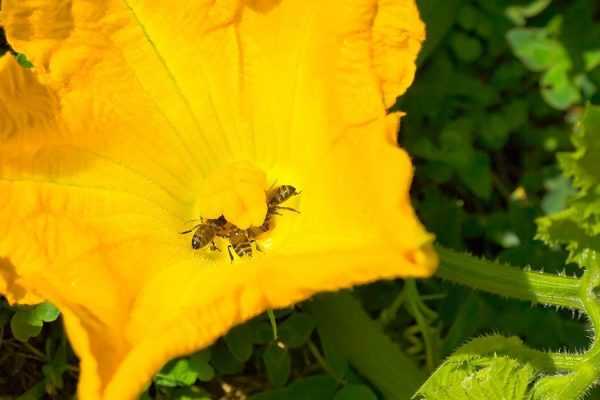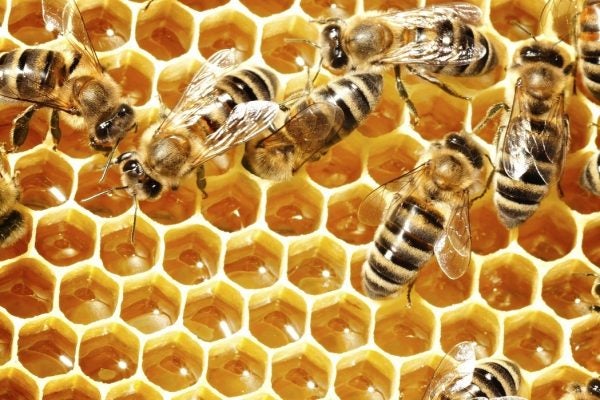Sylvia Plath’s Fascination with Bees
The social organization of the apiary gave Sylvia Plath a tool for examining her aesthetic self, even as her personal world slipped into disarray.
Are Honey Bees Bad for Wild Bees?
Recently, the health of the honey bees has been a topic of some concern. But many scientists think we should actually be worrying about wild bees instead.
Buzzing In at the “Bee & Bee”
City gardens and hotel rooftops can serve as refuges—and food corridors—for the troubled species.
“Telling the Bees”
In nineteenth-century New England, it was held to be essential to whisper to beehives of a loved one’s death.
Bees and the World-Wide Farming Web
Connections between beekeepers in the 17th and 18th centuries created the early “world-wide farming web”—a way to share information across long distances.
The Race to Build a Better Bee
Could drone pollinators help secure our future food supply?
The Rise of the City Bee—How Urbanites Built the 21st-Century Apiculture
Urban apiculture is a booming trend. But many metropolitan beekeepers also believe that bees fare better in cities than they do in the countryside.
What’s In Your Honeybees?
Honeybees contribute an estimated $15 billion annually to the U.S. economy, but continue to be in very bad shape.
Historical Hives and the Buzz About Bees
A historical look at bee hives in philosophy, literature, politics, and beyond.
The Lowdown on Bees and Pesticides
New research suggests that declines in wild bees may be due to a specific pesticide.

